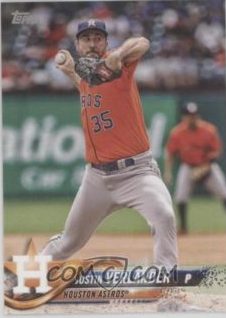
Justin Verlander no-hit the Blue Jays on Sunday, allowing just one walk and retiring the final 26 batters in order. He becomes just the fifth pitcher since 1893 with three no-hit games, joining Nolan Ryan (7), Sandy Koufax (4), Bob Feller (3) and Cy Young (3). More on Verlander’s gem is after the jump.
